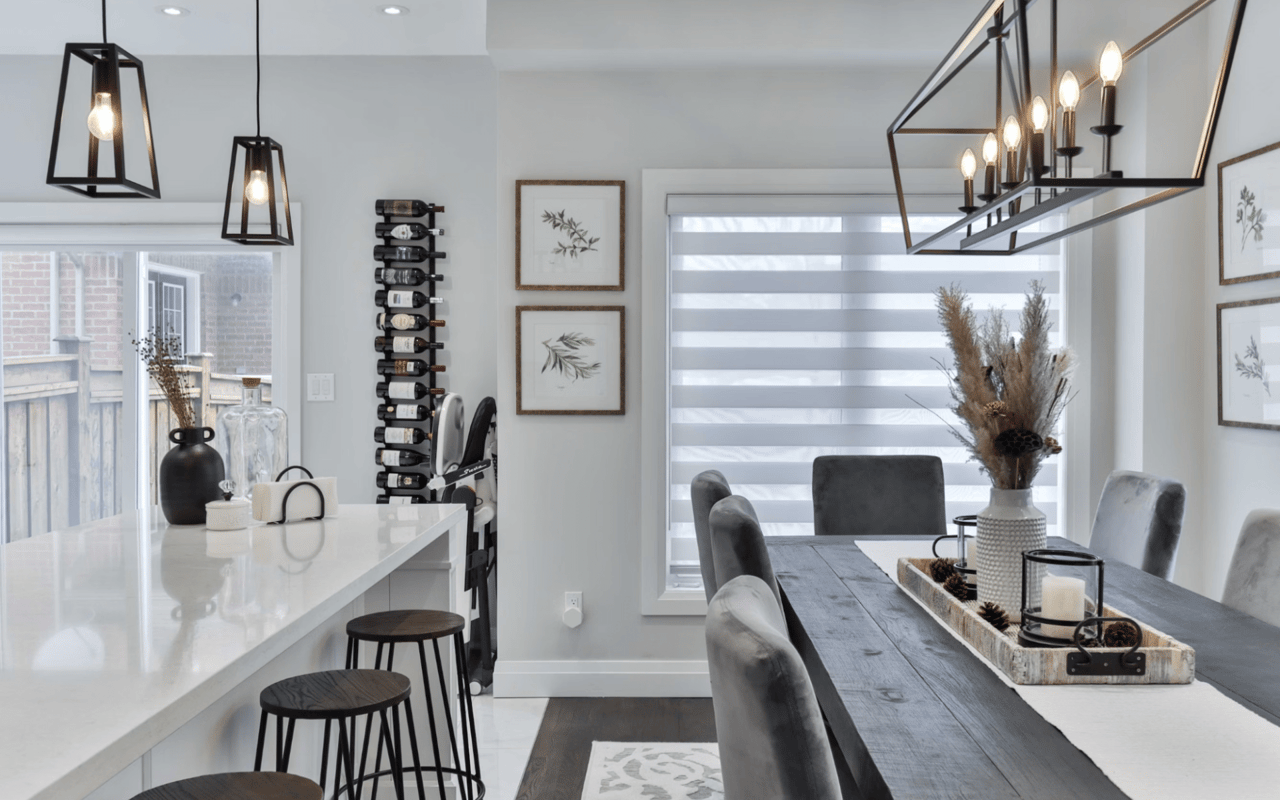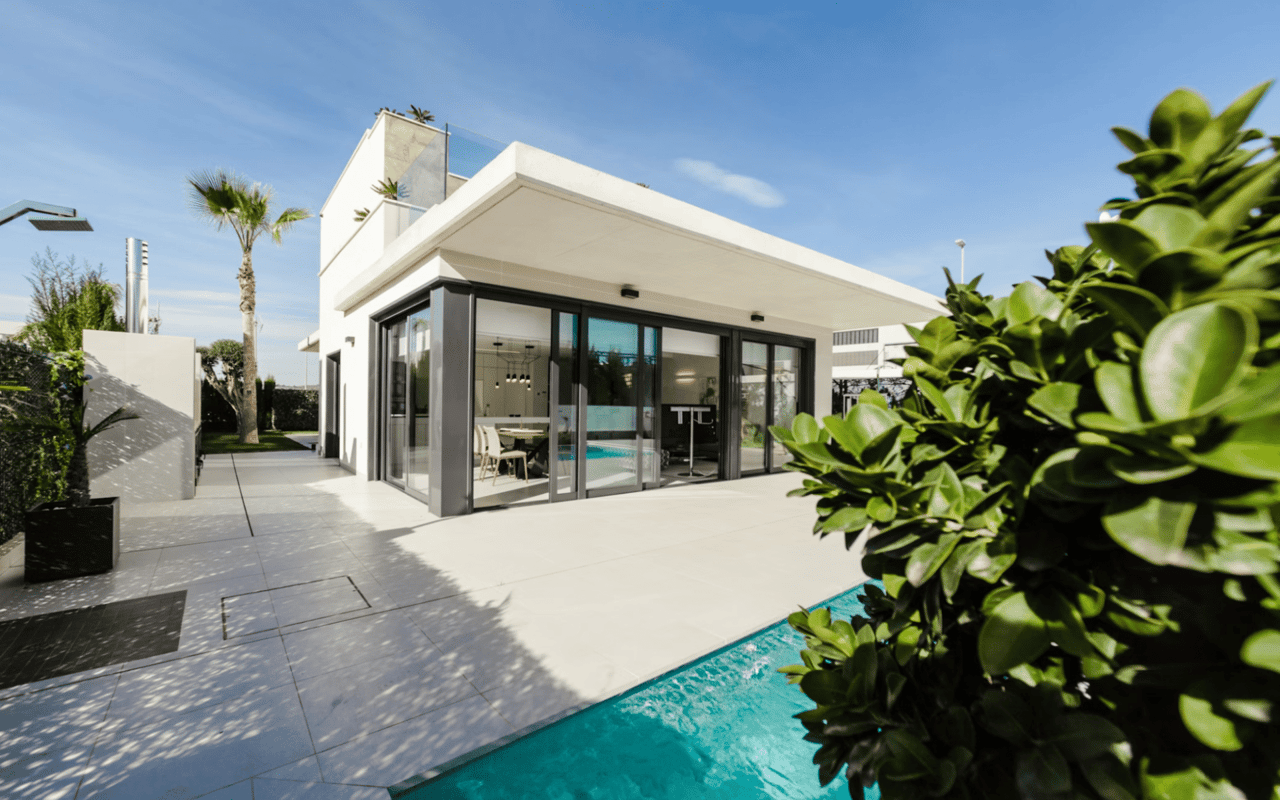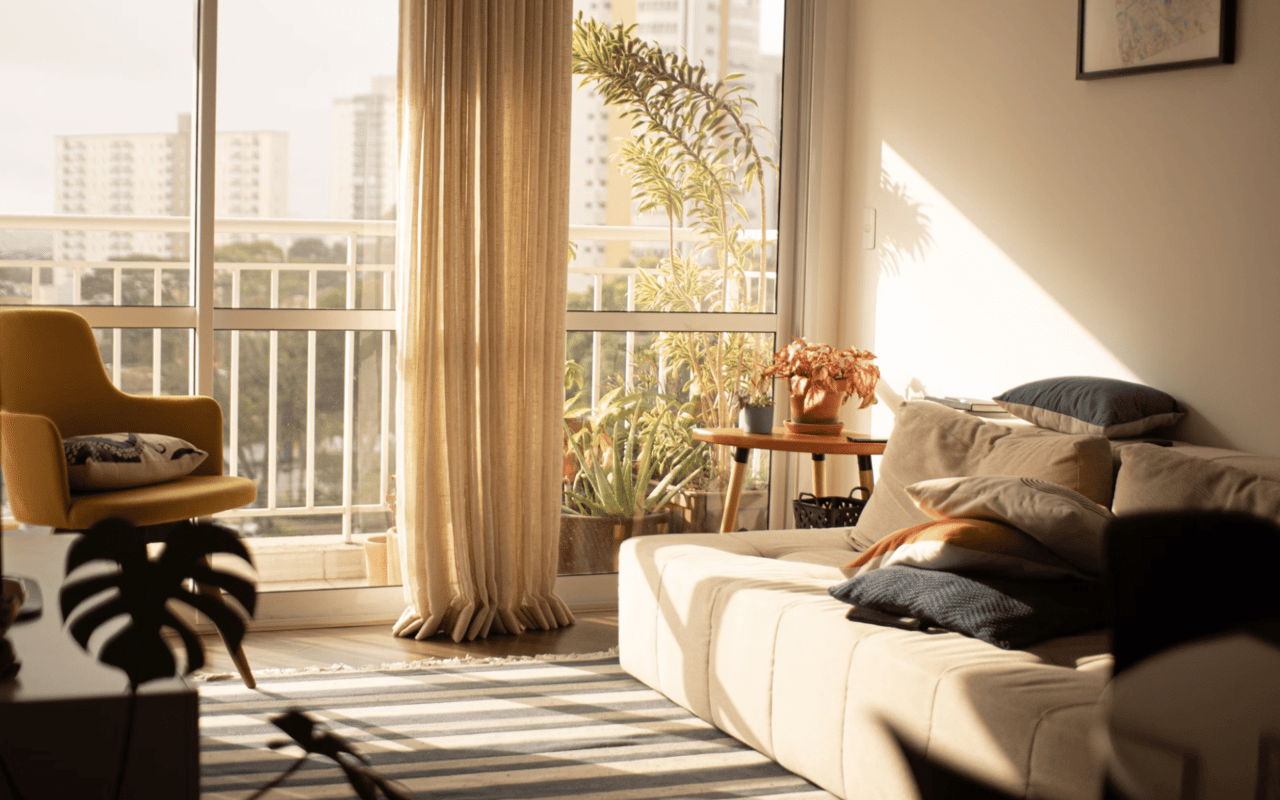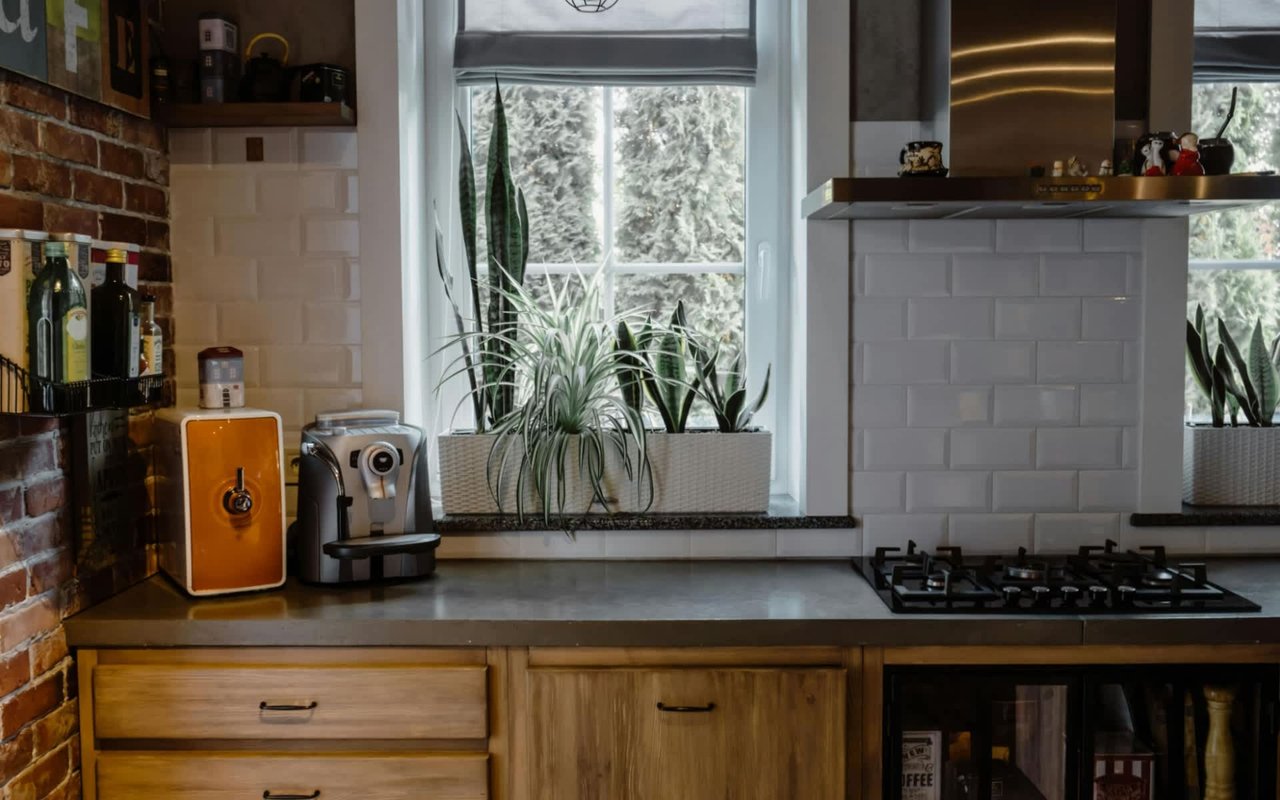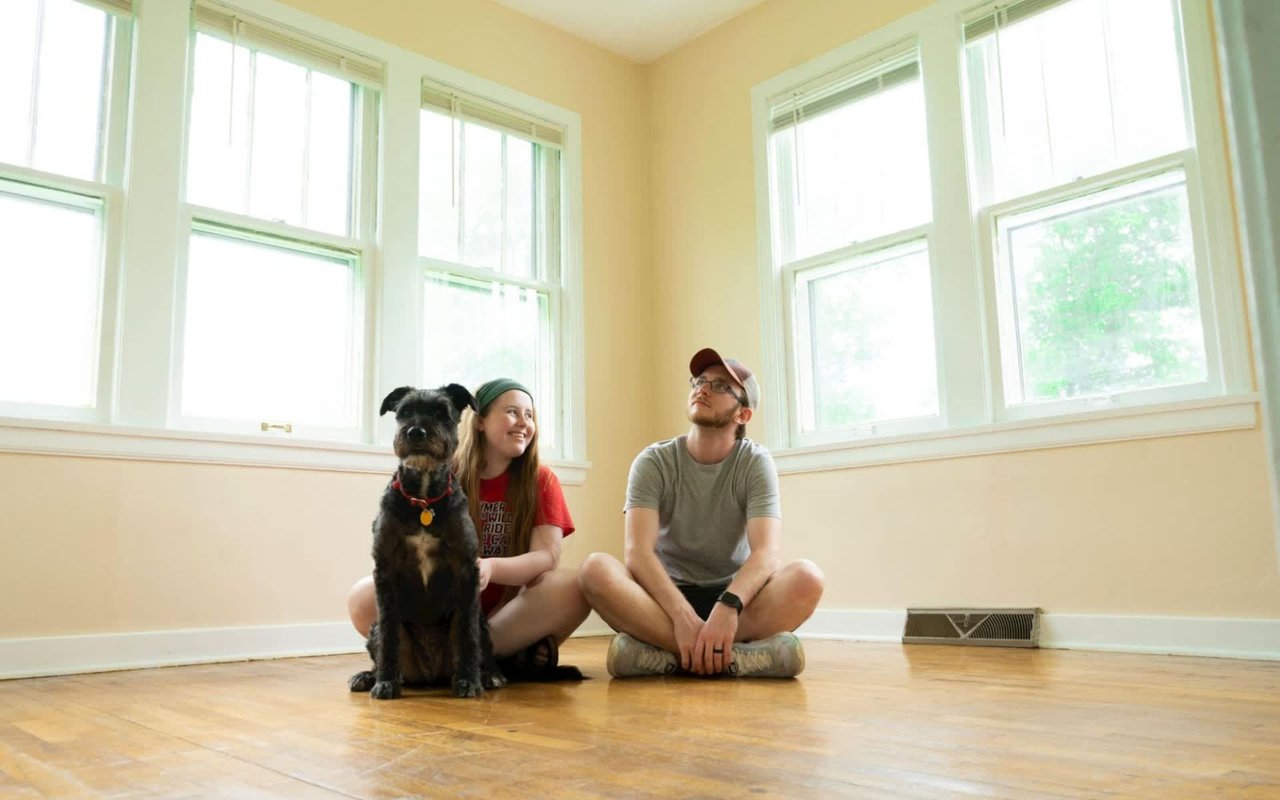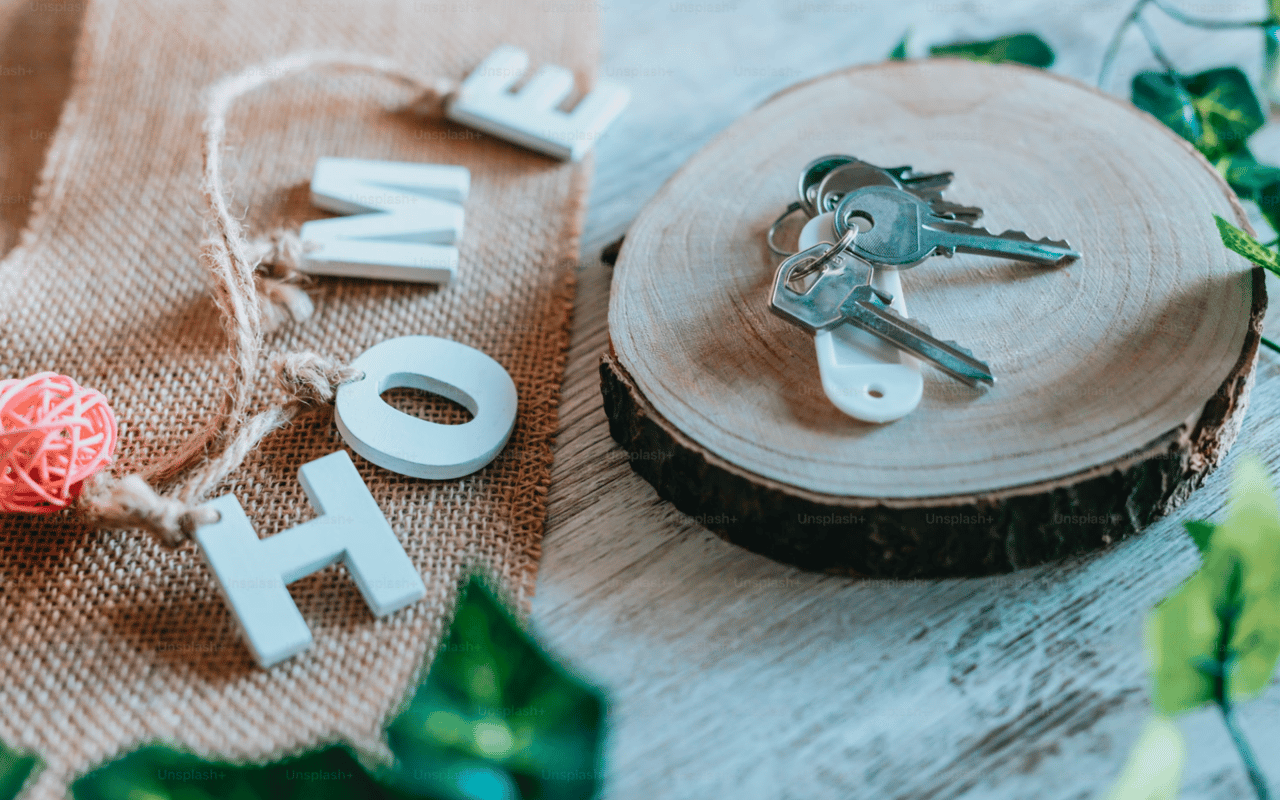Choosing an interior design style is an important decision that sets the tone for your living space. Two of the most popular styles, modern and traditional, offer distinct aesthetics that appeal to different tastes. Understanding the key characteristics of each style can help you decide which best suits your preferences and lifestyle. This guide explores the fundamental differences between modern and traditional interior design, helping you find your unique style.
Defining Modern Interior Design
Modern interior design is characterized by simplicity, functionality, and clean lines. This style emerged in the early to mid-20th century, influenced by the Bauhaus and modernist movements, which emphasized form and function over ornamentation.
Key Features of Modern Design
Modern interiors often feature a minimalist approach, with a focus on open spaces and an uncluttered environment. Furniture pieces are sleek and functional, often made from natural materials like wood, leather, and metal. The color palette is typically neutral, with shades of white, gray, black, and beige, sometimes accented with bold primary colors.
The use of technology and modern materials, such as glass, steel, and concrete, is prevalent in modern design. Lighting plays a crucial role, with large windows to maximize natural light and strategically placed artificial lighting to enhance the space. Decorative elements are minimal, often focusing on a few statement pieces rather than an abundance of accessories.
Benefits of Modern Design
Modern design offers several benefits, particularly for those who appreciate a clean, organized space. Its minimalist approach can make rooms feel larger and more open, which is especially advantageous in smaller homes or apartments. The style's emphasis on functionality means that furniture and decor are chosen for their practicality as well as their aesthetic appeal. This results in a streamlined, efficient living space that is both stylish and comfortable.
Understanding Traditional Interior Design
Traditional interior design draws inspiration from classical European decor, particularly from the 18th and 19th centuries. This style is known for its elegance, rich colors, and intricate details, creating a warm and inviting atmosphere.
Key Features of Traditional Design
Traditional interiors often feature a harmonious blend of classic furnishings, rich textiles, and ornate detailing. Furniture is typically made from dark woods, such as mahogany, cherry, or walnut, with upholstery in luxurious fabrics like silk, velvet, and brocade. The color palette includes deep, warm hues like burgundy, navy, and forest green, complemented by gold or brass accents.
Ornate moldings, decorative trim, and detailed millwork are common in traditional interiors, adding a sense of grandeur and history to the space. Lighting fixtures often include chandeliers, sconces, and lamps with intricate designs, providing a warm, ambient glow. Accessories such as rugs, drapes, and artwork play a significant role, with patterns like floral, damask, and paisley adding texture and depth.
Benefits of Traditional Design
Traditional design is ideal for those who appreciate timeless elegance and a cozy, inviting atmosphere. The style's emphasis on craftsmanship and quality materials creates a sense of durability and longevity. Traditional interiors often feel warm and welcoming, making them well-suited for family homes and spaces where comfort is a priority. Additionally, the rich textures and intricate details can add visual interest and create a layered, sophisticated look.
Blending Modern and Traditional Elements
While modern and traditional styles offer distinct aesthetics, many people find themselves drawn to elements of both. Blending these styles, often referred to as transitional design, can create a balanced and harmonious space that reflects your unique taste.
Key Elements of Transitional Design
Transitional design incorporates the clean lines and functional approach of modern design with the warmth and elegance of traditional decor. This style often features a neutral color palette, using shades of white, gray, and beige as a backdrop for more eclectic furniture and accessories. The result is a cohesive look that feels both contemporary and classic.
Furniture in a transitional space may combine modern and traditional elements, such as a sleek, modern sofa paired with a classic wooden coffee table. The use of natural materials like wood, stone, and metal helps bridge the gap between the two styles. Accessories and decor are carefully curated, often mixing minimalist and ornate pieces to create visual interest without overwhelming the space.
Finding Your Balance
When blending styles, it's important to maintain a sense of balance and cohesion. Start with a neutral base and add layers of texture and color through furnishings and accessories. Choose a few statement pieces that reflect each style, and use them as focal points in the room. This approach allows you to enjoy the best of both worlds, creating a space that feels personalized and curated.
Choosing the Right Style for Your Space
Deciding between modern, traditional, or a blend of both depends on your personal preferences, lifestyle, and the architecture of your home. Here are a few considerations to help you make the best choice:
Consider Your Lifestyle
Your lifestyle plays a crucial role in determining the best design style for your home. If you prefer a clean, organized space with minimal maintenance, modern design may be more suitable. On the other hand, if you value comfort and a warm, inviting atmosphere, traditional design could be a better fit.
Assess Your Space
The architectural features of your home can also influence your design choices. Modern design is often well-suited to open-plan spaces with large windows and clean lines. Traditional design, with its emphasis on detail and craftsmanship, may complement older homes with classic architectural features.
Reflect Your Personality
Ultimately, your home should reflect your personality and taste. Consider the colors, materials, and styles that resonate with you and make you feel comfortable. Whether you choose modern, traditional, or a blend of both, the most important thing is that your space feels like home.
Finding Your Perfect Home with The Slodarz Group
Whether you're drawn to the sleek simplicity of modern design, the timeless elegance of traditional decor, or a balanced blend of both, finding the right home is the first step. The Slodarz Group specializes in helping clients discover beautiful properties in Key Biscayne, offering expert guidance and personalized service.
Contact The Slodarz Group today to explore the stunning Key Biscayne real estate options available and begin creating your dream home.
